Monuments to Fallen Soldiers Can't Be in Ruins Without Access Paths
When Deputy Commander Sam Lev discovered the neglect at some memorials, he took action. Enlisting the help of prison guards, he initiated a project to clean and restore them while reciting Kaddish. An emotional endeavor.
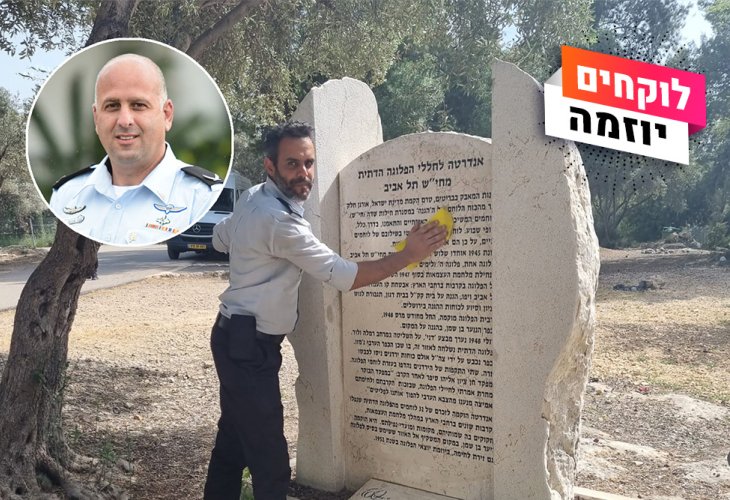 In the circle: Lt. Col. Samuel Levy, Deputy Commander of the Southern District in the Israeli Prison Service (Photo: IPS)
In the circle: Lt. Col. Samuel Levy, Deputy Commander of the Southern District in the Israeli Prison Service (Photo: IPS)Did you know there are over 3,000 monuments in Israel in memory of soldiers who fell defending Israel and victims of terrorist acts? Most of these memorials are unknown, and many are inaccessible. Thus, people passing nearby barely notice them.
Lt. Col. Samuel Levy, Deputy Commander of the Southern Command in the Israeli Prison Service, uncovered this issue when he sought a special activity to strengthen the bond between prison guards and Memorial Day.
“I feel that the Prison Service, being one of Israel’s five security agencies responsible for security prisoners, some of whom were directly involved in terrorist activities against Israel, is the most suitable to take responsibility and restore these memorials,” he argues.
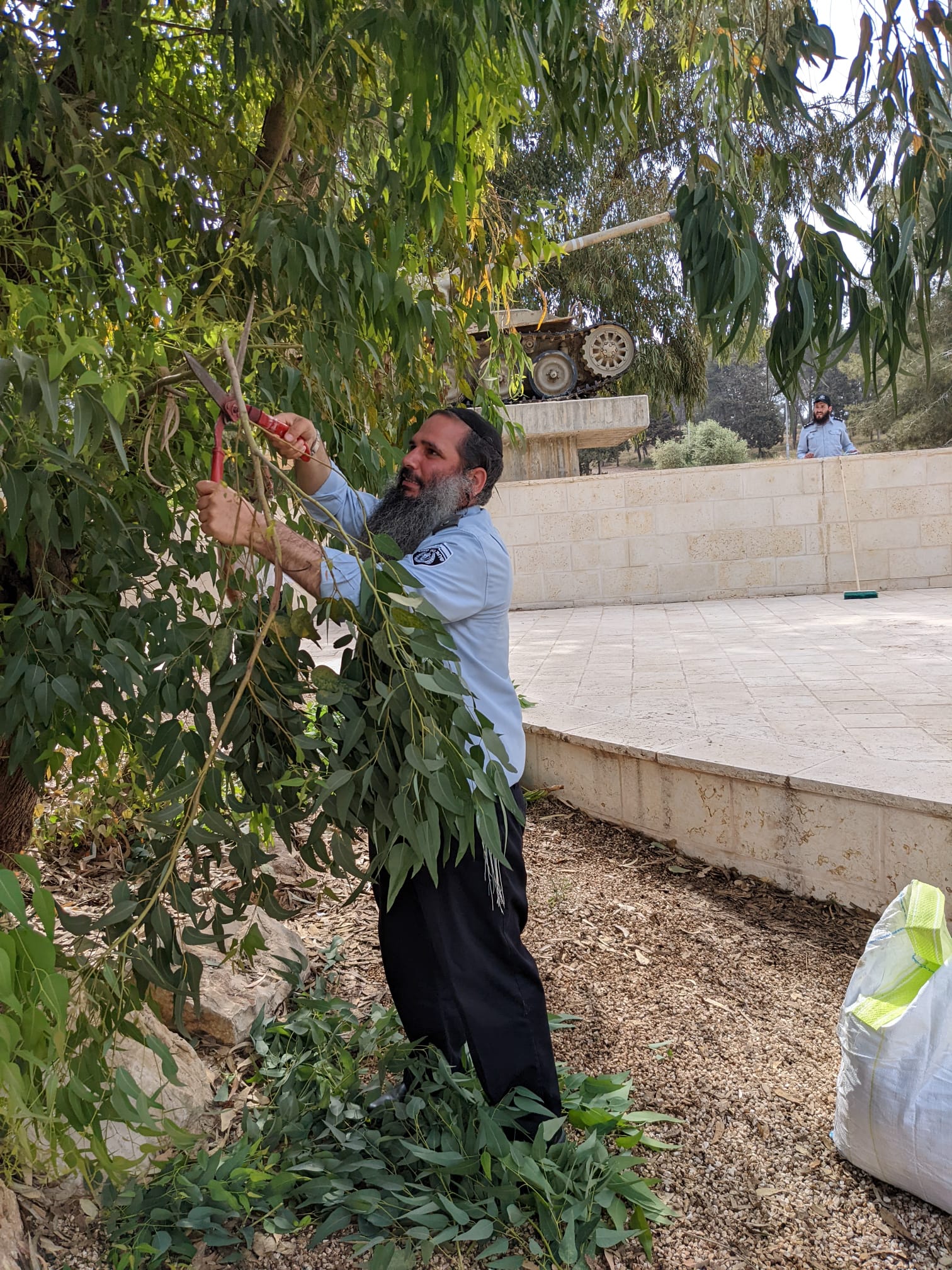 (Photo: IPS)
(Photo: IPS)"Restoring, Mourning, and Getting Emotional"
To realize this unique initiative, Lt. Col. Levy approached the Memorial Monuments Division of the Defense Ministry. “The division’s staff cooperated fully with us,” he says, “they guided us every step of the way.”
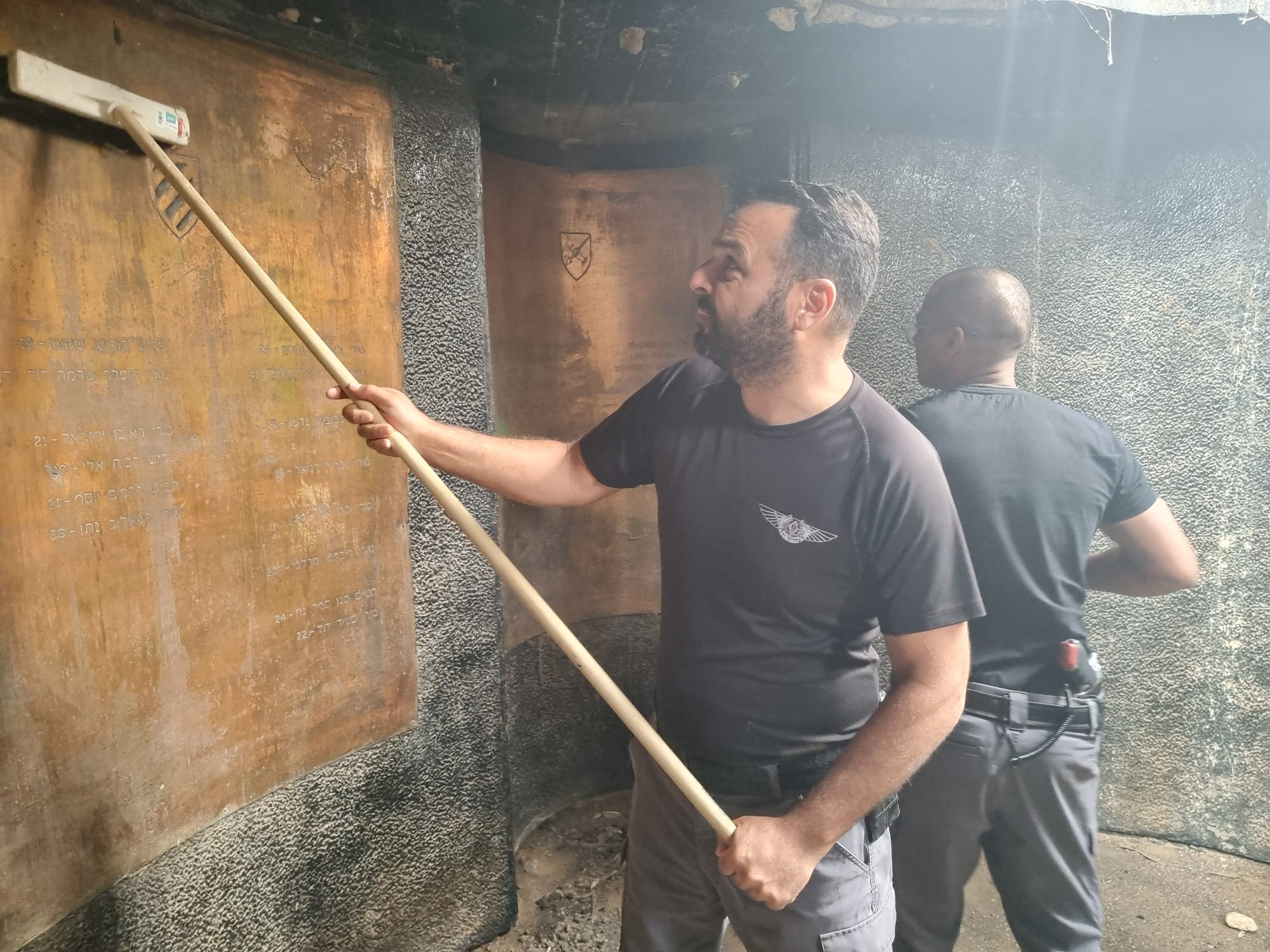 (Photo: IPS)
(Photo: IPS)Based on what criteria did you select the monuments to be restored?
“It's clear we couldn't handle all 3,000 memorials, so we followed the Defense Ministry’s recommendations, focusing territorially from north to south. We particularly aimed at those along roadsides with limited access, where the Defense Ministry explained there was a special need for our activity. For example, we reached the ‘Night of the Gliders’ memorial in the north, a memorial for the religious platoon in Ben Shemen Forest, the Battle for Rosh Haayin Liberation memorial, a memorial for the fallen at Ad Halom Bridge in Ashdod, and many others across the country.”
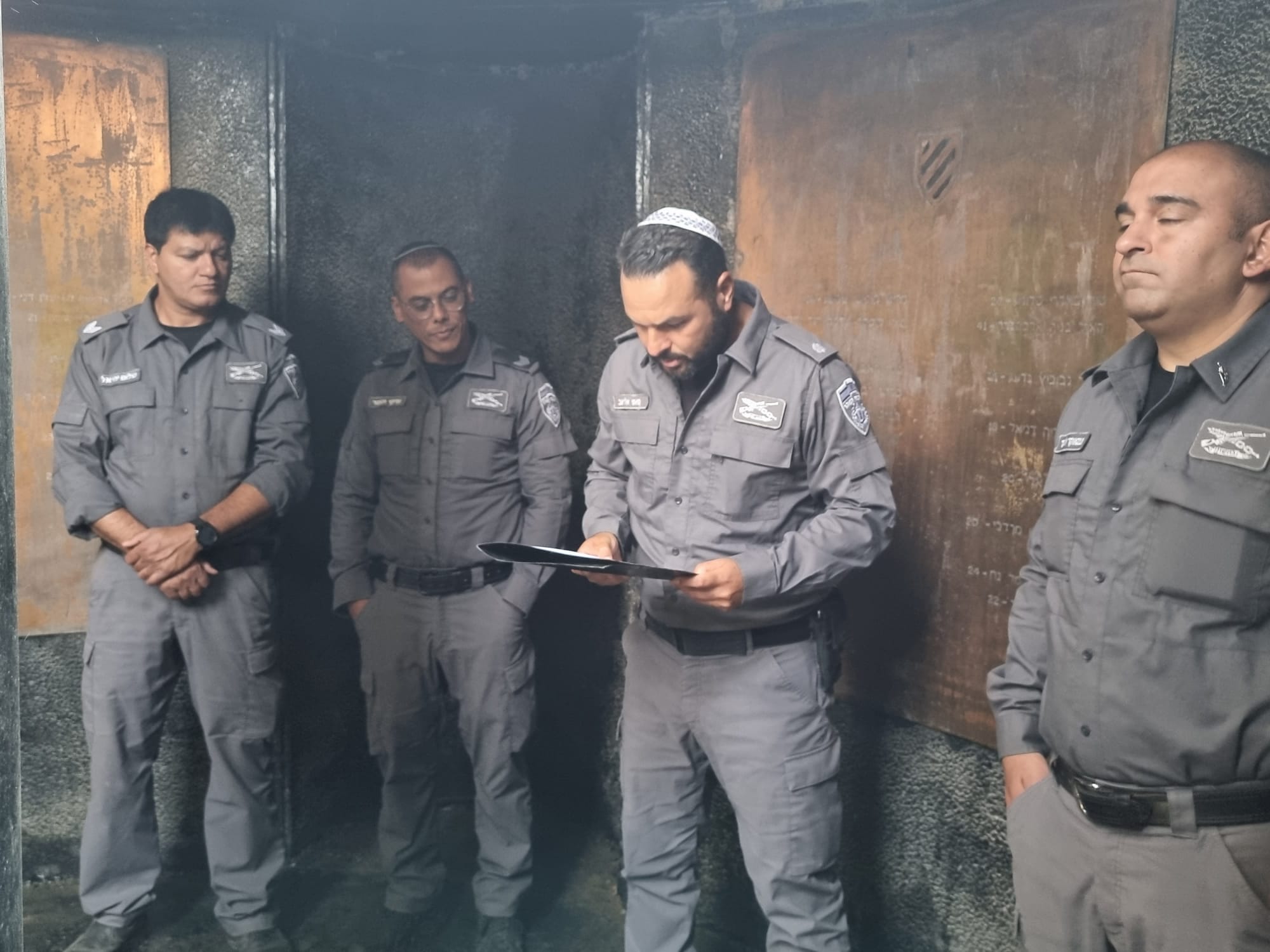 (Photo: IPS)
(Photo: IPS)According to him, around 20 monuments have been handled at this stage, but the plan is to continue the activity even after Memorial Day to reach higher numbers.
So what exactly do you do on site?
“Our guards arrive at the monument, learn the story of the fallen, and go over their names. They then maintain the monument by weeding, clearing access paths, ensuring the site is clean, and washing the monument. If there’s any issue or something unsafe, they report it to the Defense Ministry for handling. Finally, a ceremony takes place, including the recitation of Kaddish. It's particularly moving to hear Kaddish recited for anonymous fallen soldiers. We also bring a rabbi to speak at the event; guards told me they literally had tears in their eyes during the ceremony.”
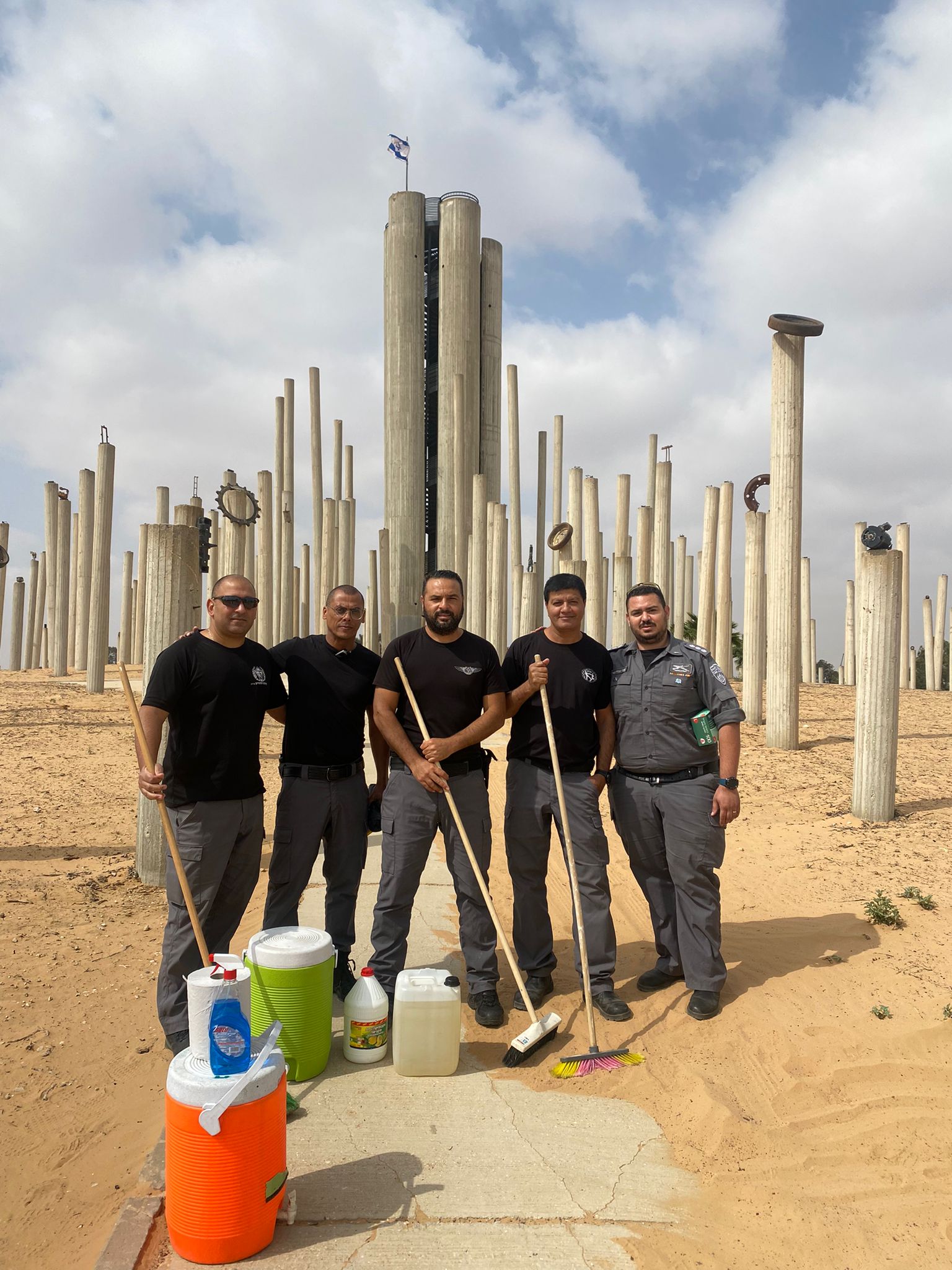 (Photo: IPS)
(Photo: IPS)In the Spirit's Path
Lt. Col. Levy notes that they named this activity ‘In the Spirit’s Path – For the Monuments of the Fallen.’ “We strongly believe that when we conduct a spiritual ceremony and maintain the monument, we elevate the souls of the fallen. This is the least we can give in return for those who gave their lives for the state of Israel.”
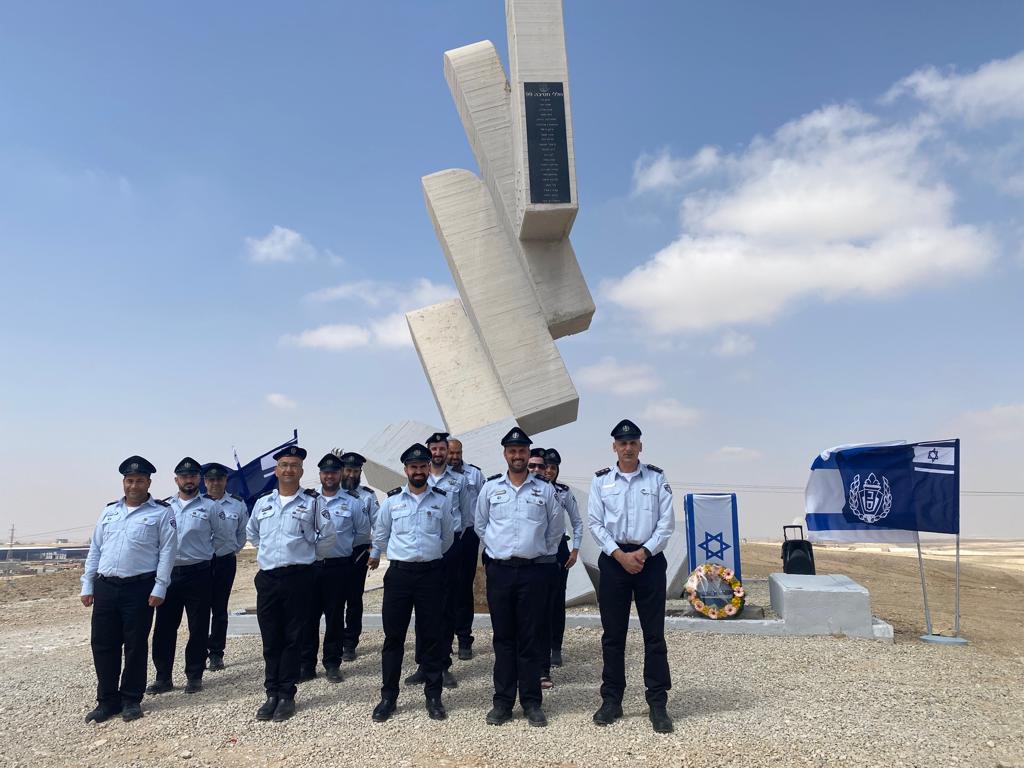 (Photo: IPS)
(Photo: IPS)“Additionally,” he emphasizes, “we genuinely feel it's our privilege too, as officers and guards receive as much as they give. Many contacted me requesting additional monuments to care for, feeling that this valuable activity empowers them to continue their complex roles in the organization and works with prisoners, sometimes with security detainees.”
“Of course,” he adds, “there’s also a significant contribution to the wider Israeli public. When we maintain a monument and create new access paths, naturally, hikers in the area encounter it. They stop and explore its story and connect with the dear souls who sacrificed for the country. This project is meant for all of us.”
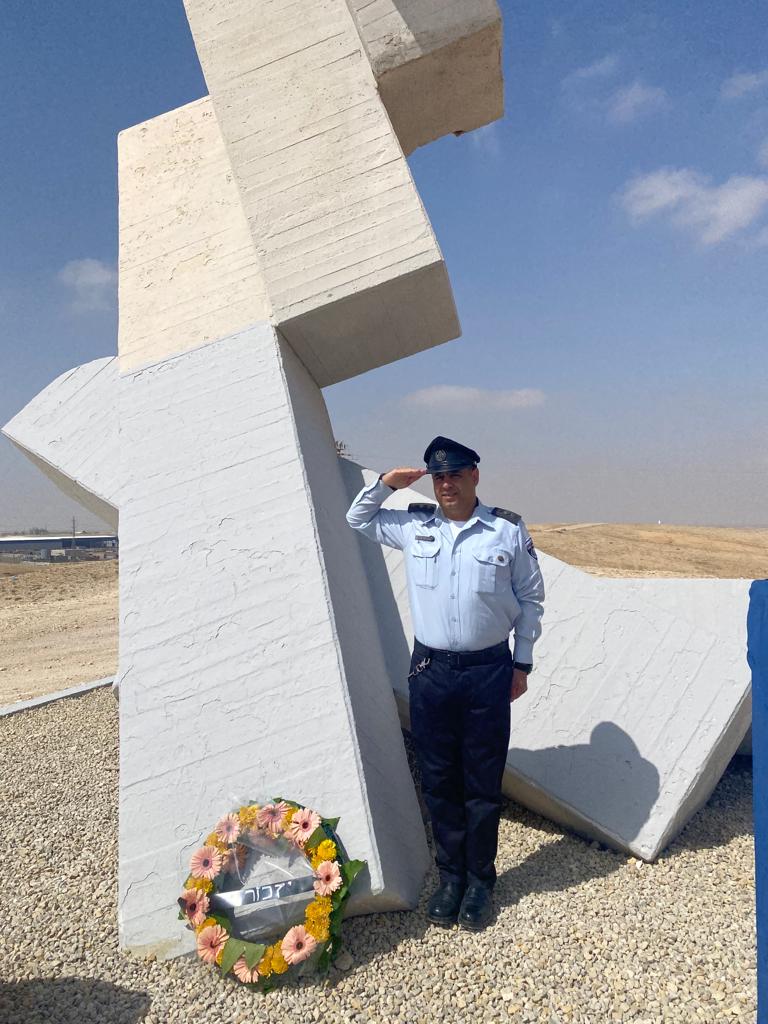 (Photo: IPS)
(Photo: IPS)
